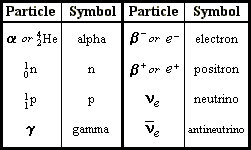

It also does not incorporate neutrino oscillations and their non-zero masses. The model does not contain any viable dark matter particle that possesses all of the required properties deduced from observational cosmology.
#Tao symbol particle physics full#
For example, it does not fully explain baryon asymmetry, incorporate the full theory of gravitation as described by general relativity, or account for the universe's accelerating expansion as possibly described by dark energy. In addition, the Standard Model has predicted various properties of weak neutral currents and the W and Z bosons with great accuracy.Īlthough the Standard Model is believed to be theoretically self-consistent and has demonstrated some success in providing experimental predictions, it leaves some physical phenomena unexplained and so falls short of being a complete theory of fundamental interactions.

Since then, proof of the top quark (1995), the tau neutrino (2000), and the Higgs boson (2012) have added further credence to the Standard Model.

It was developed in stages throughout the latter half of the 20th century, through the work of many scientists worldwide, with the current formulation being finalized in the mid-1970s upon experimental confirmation of the existence of quarks. The Standard Model of particle physics is the theory describing three of the four known fundamental forces ( electromagnetic, weak and strong interactions – excluding gravity) in the universe and classifying all known elementary particles.


 0 kommentar(er)
0 kommentar(er)
